In order to make the information available to users, it was necessary to catalogue the materials clearly. Homodok’s cataloguing system started out as two old shoeboxes functioning as index card boxes, containing library cards with the bibliographical information. In the early ‘80s, Homodok set out to build their own comprehensive thesaurus: The Homosaurus.
This thesaurus was not a static document. Staff members needed to make important decisions concerning which new concepts and terms would need to be added, which obsolete terms would need to be removed, and how the connections between terms would need to be updated. The only way to make sure all the information could be found by users was through structural maintenance on the thesaurus by staff members.
Initially, the Homosaurus was a concise glossary. It quickly became clear, however, that it was insufficient in making all the different subjects that appeared in the literature publicly available. Homodok staff members continuously invented new terminology to add to the fixed glossary.
Due to this proliferation of what they called illegal descriptors, staff members decided to drastically expand the Homosaurus in 1987. They added many terms related to sexuality, sexual expressions and sexual orientation, and made the connections between terms more clear.
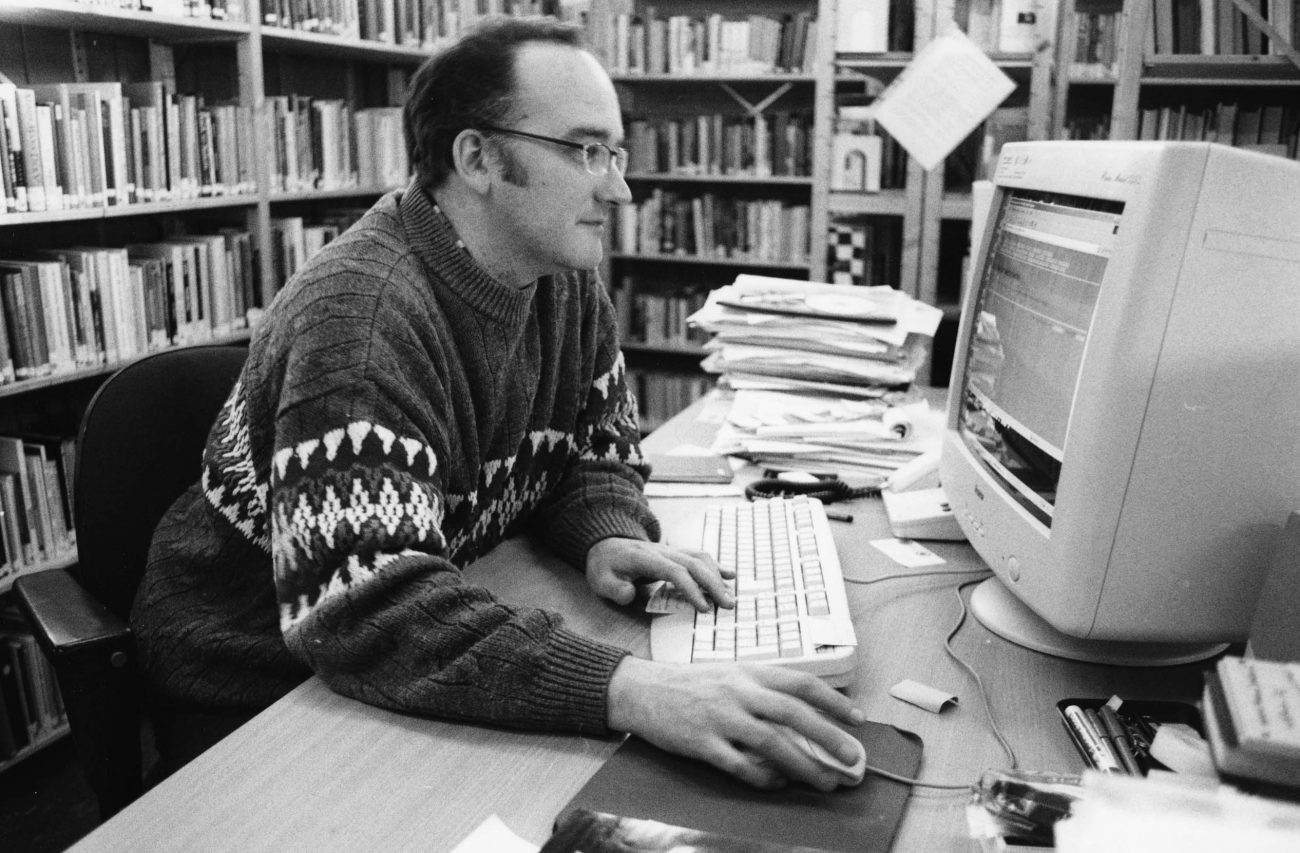
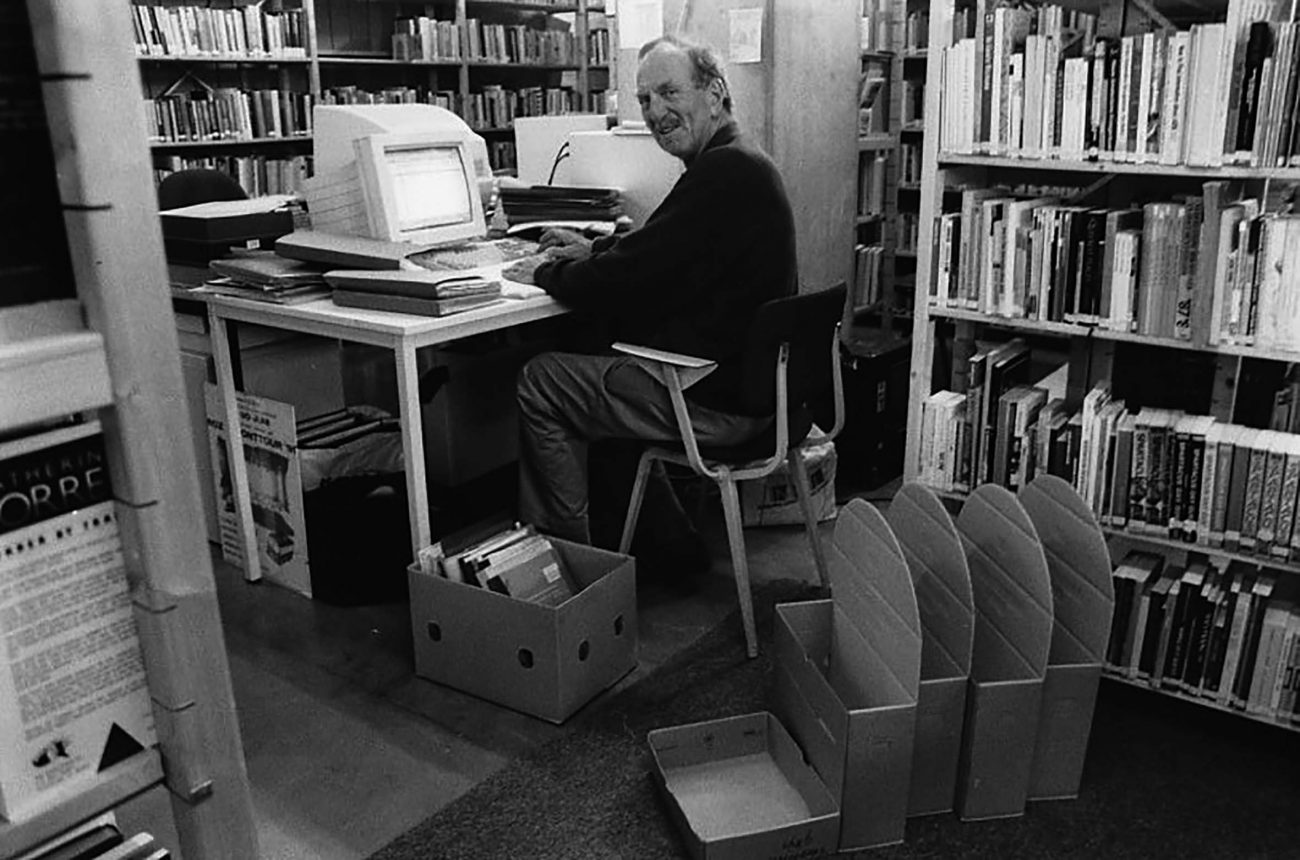
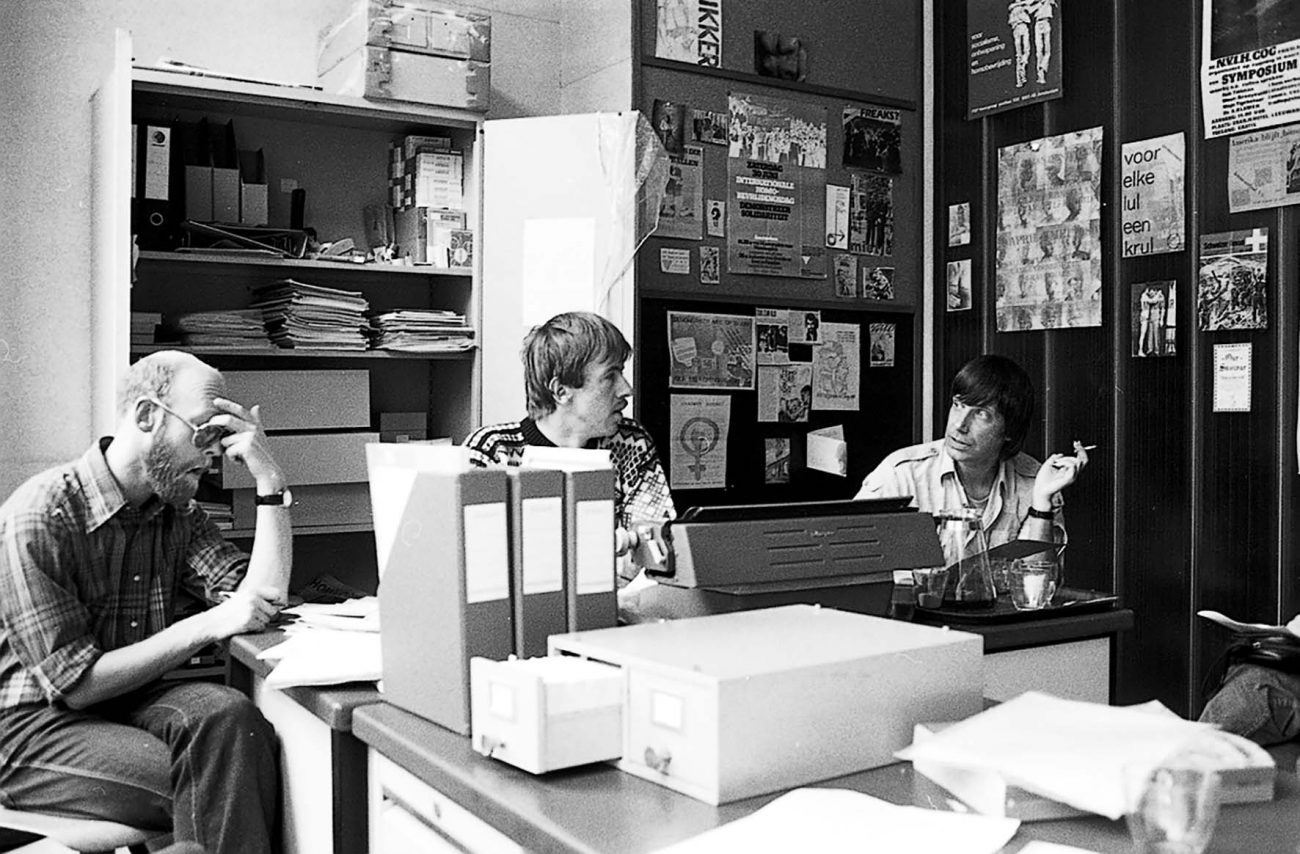
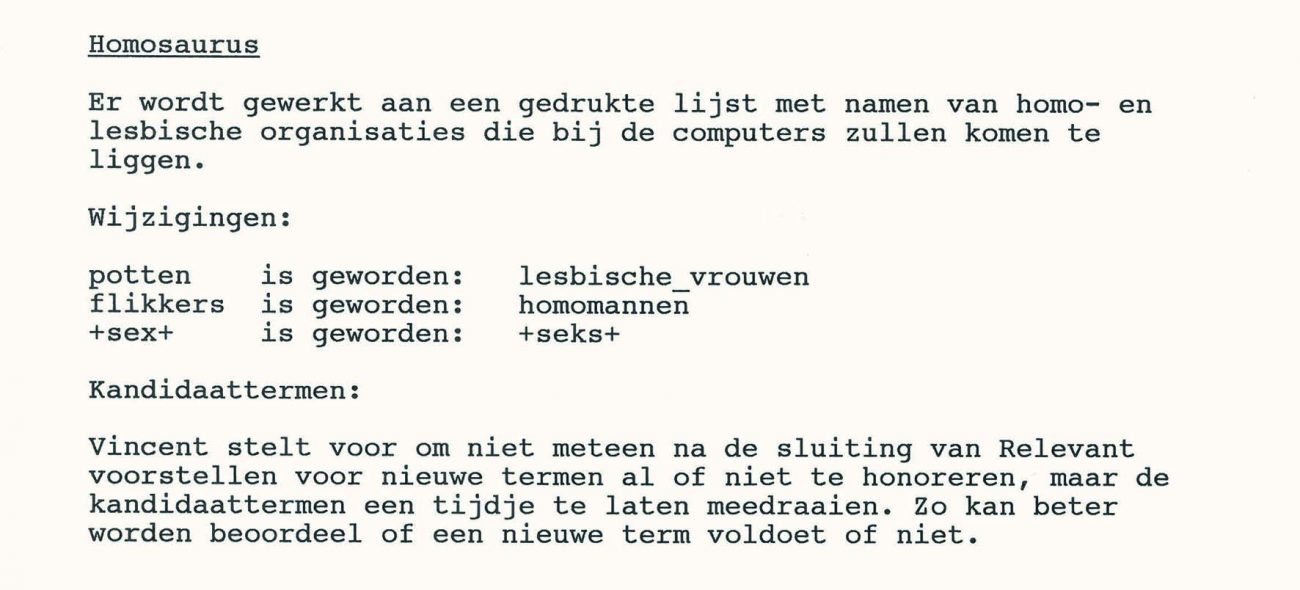
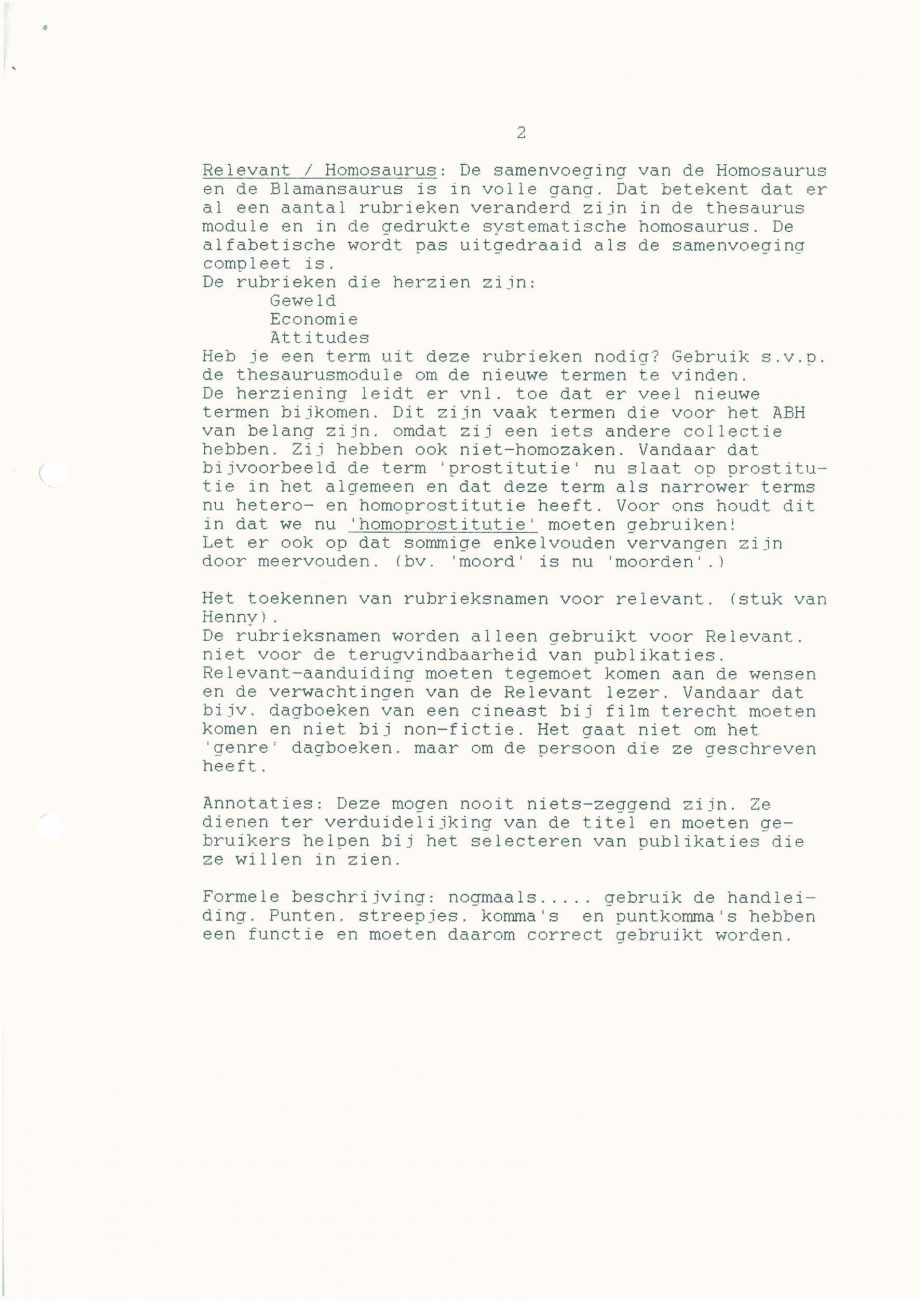
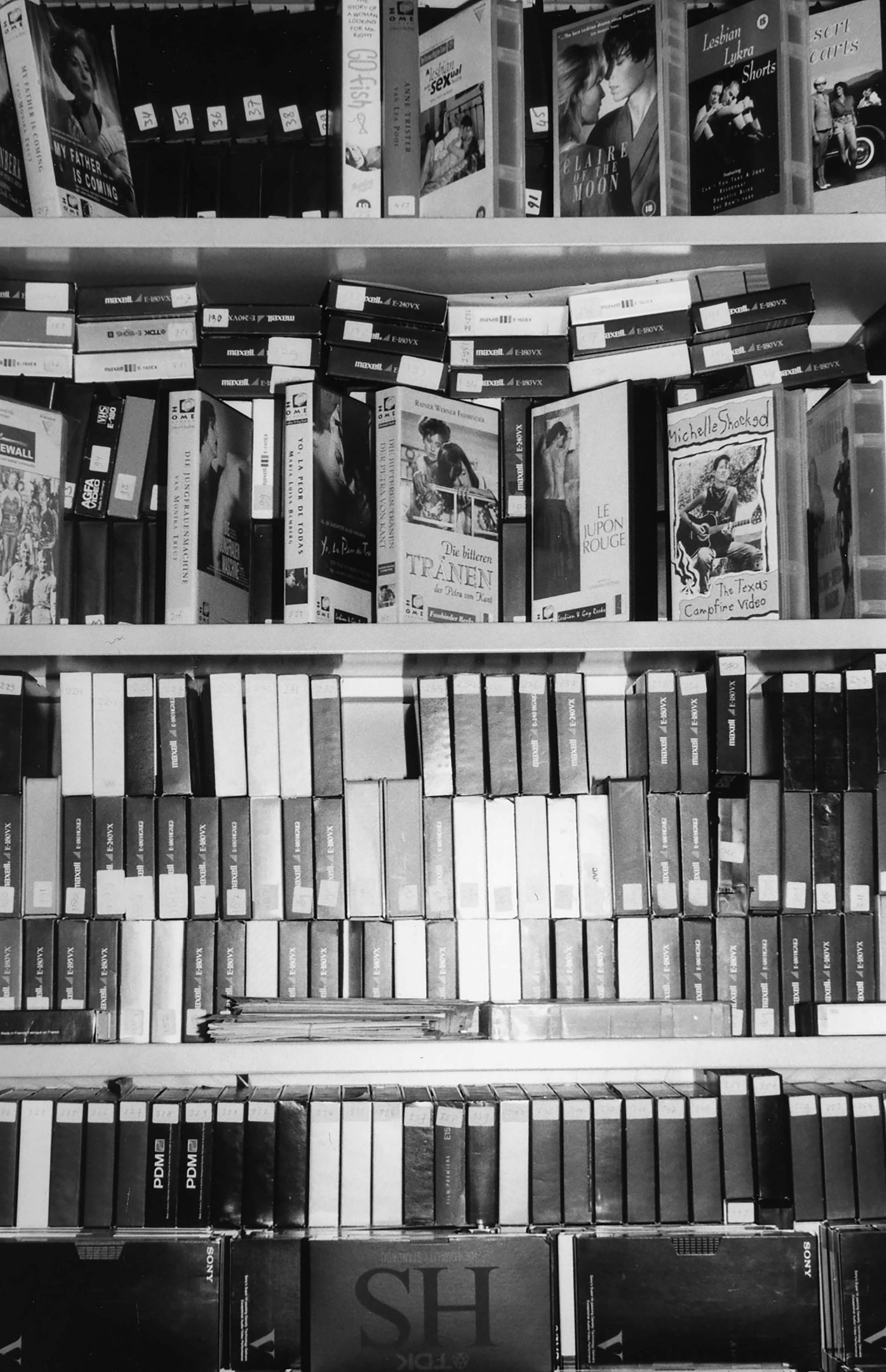
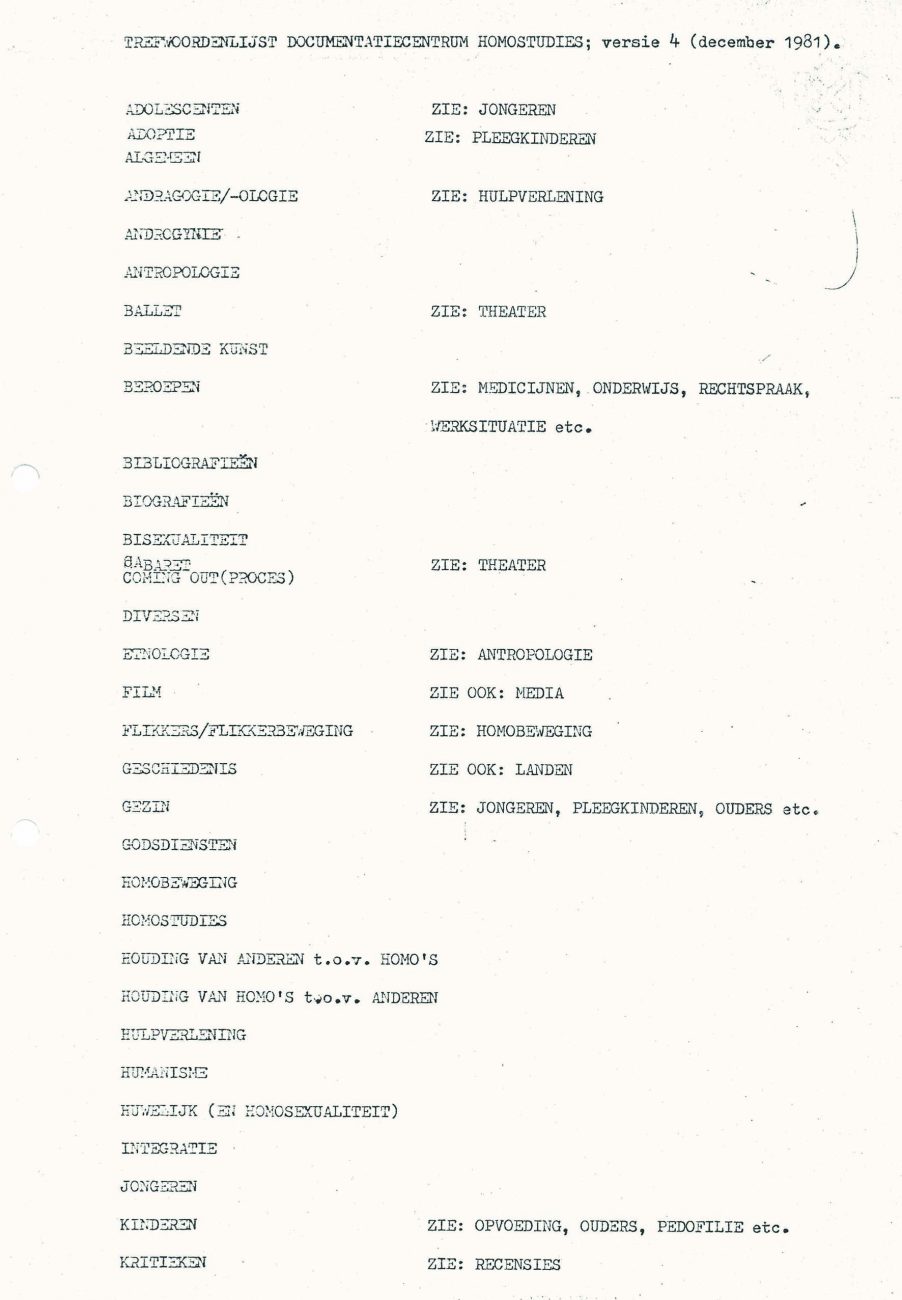
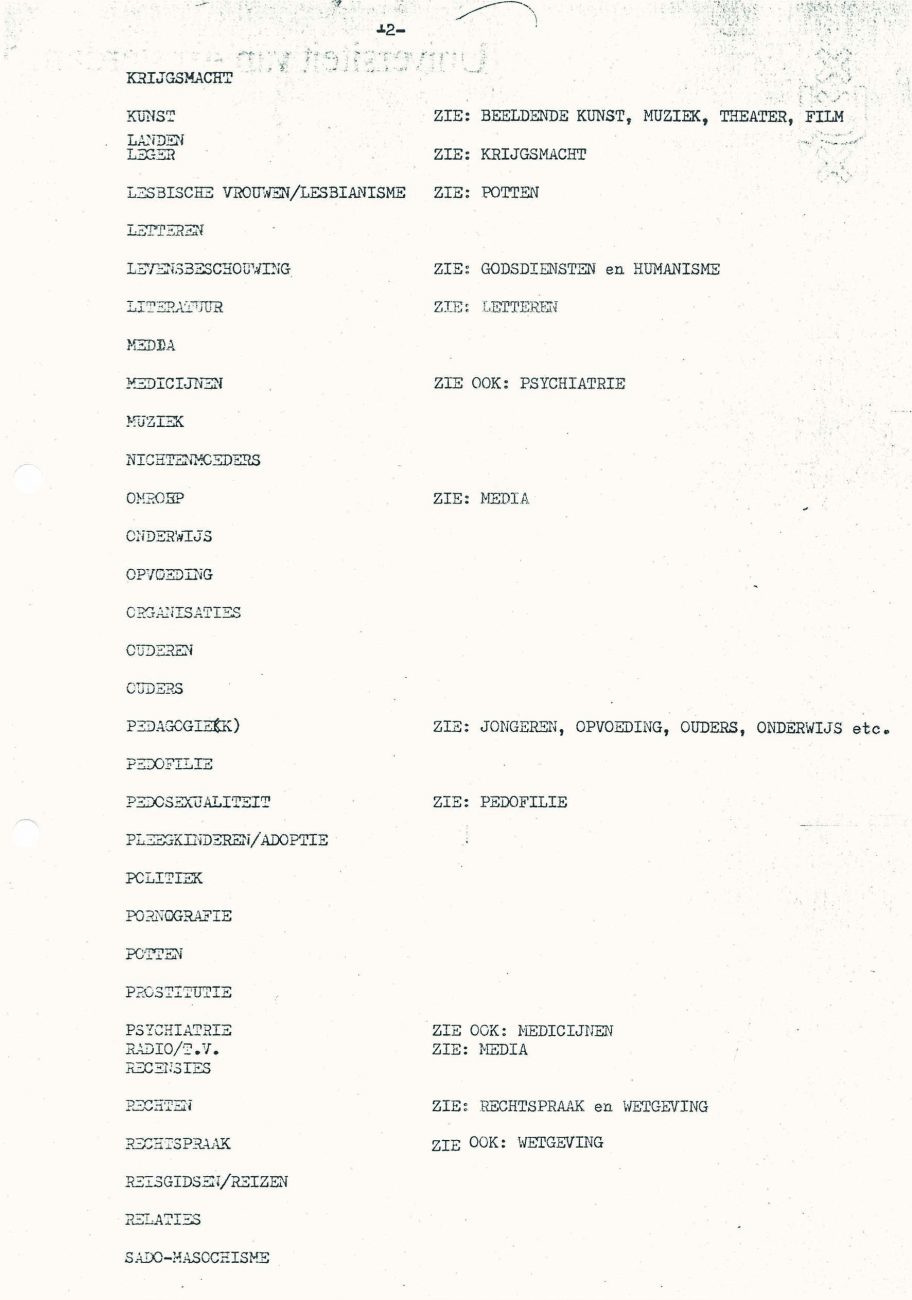
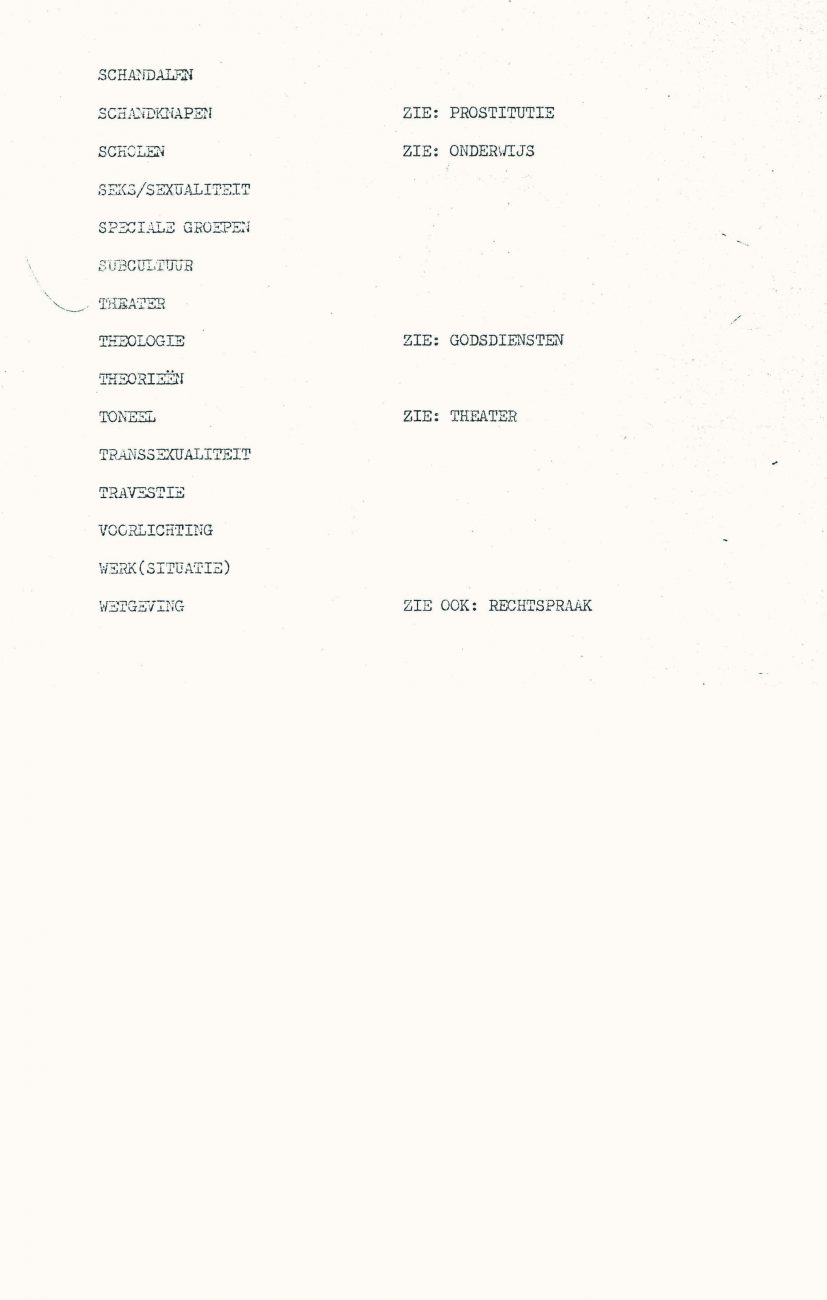
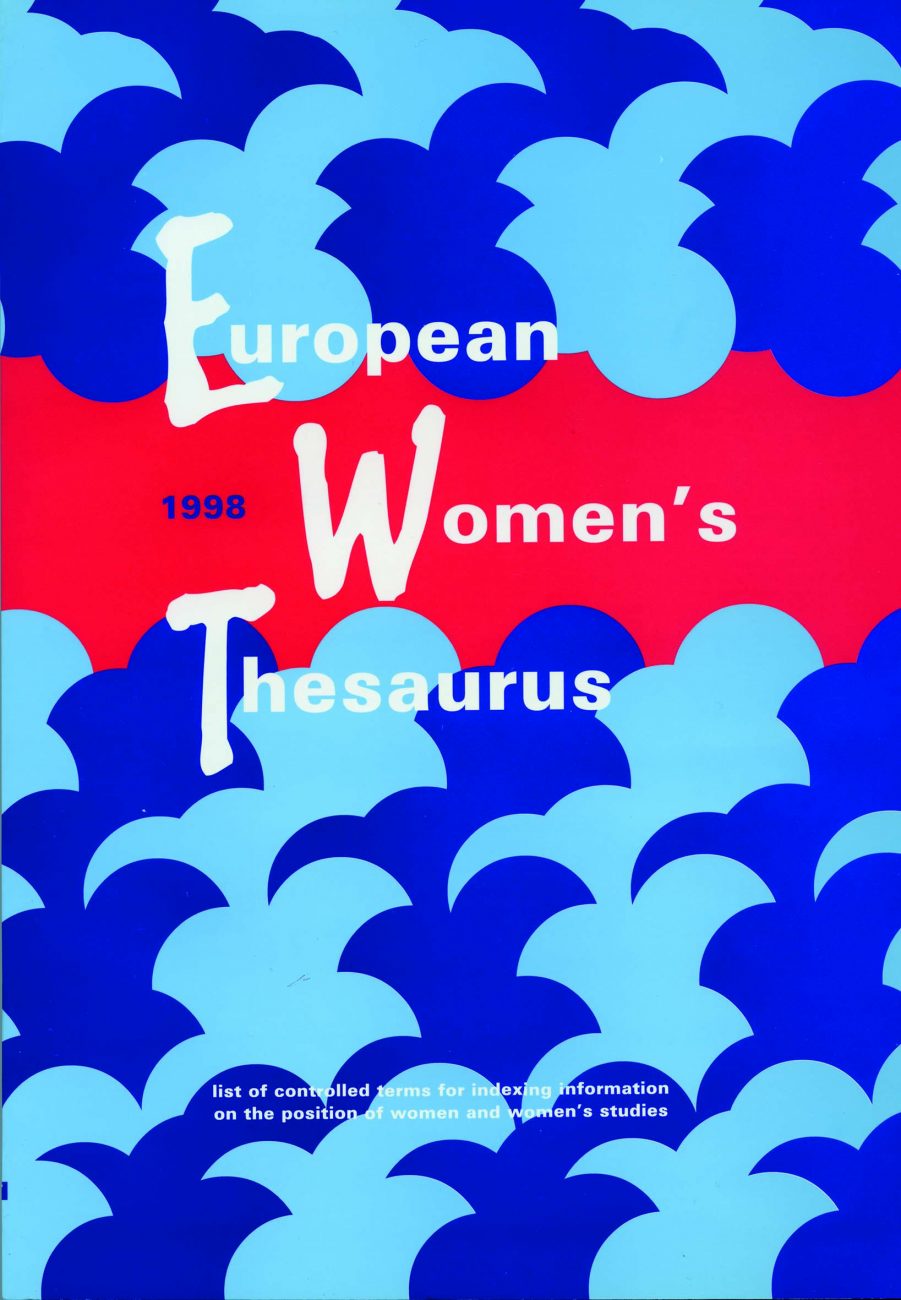
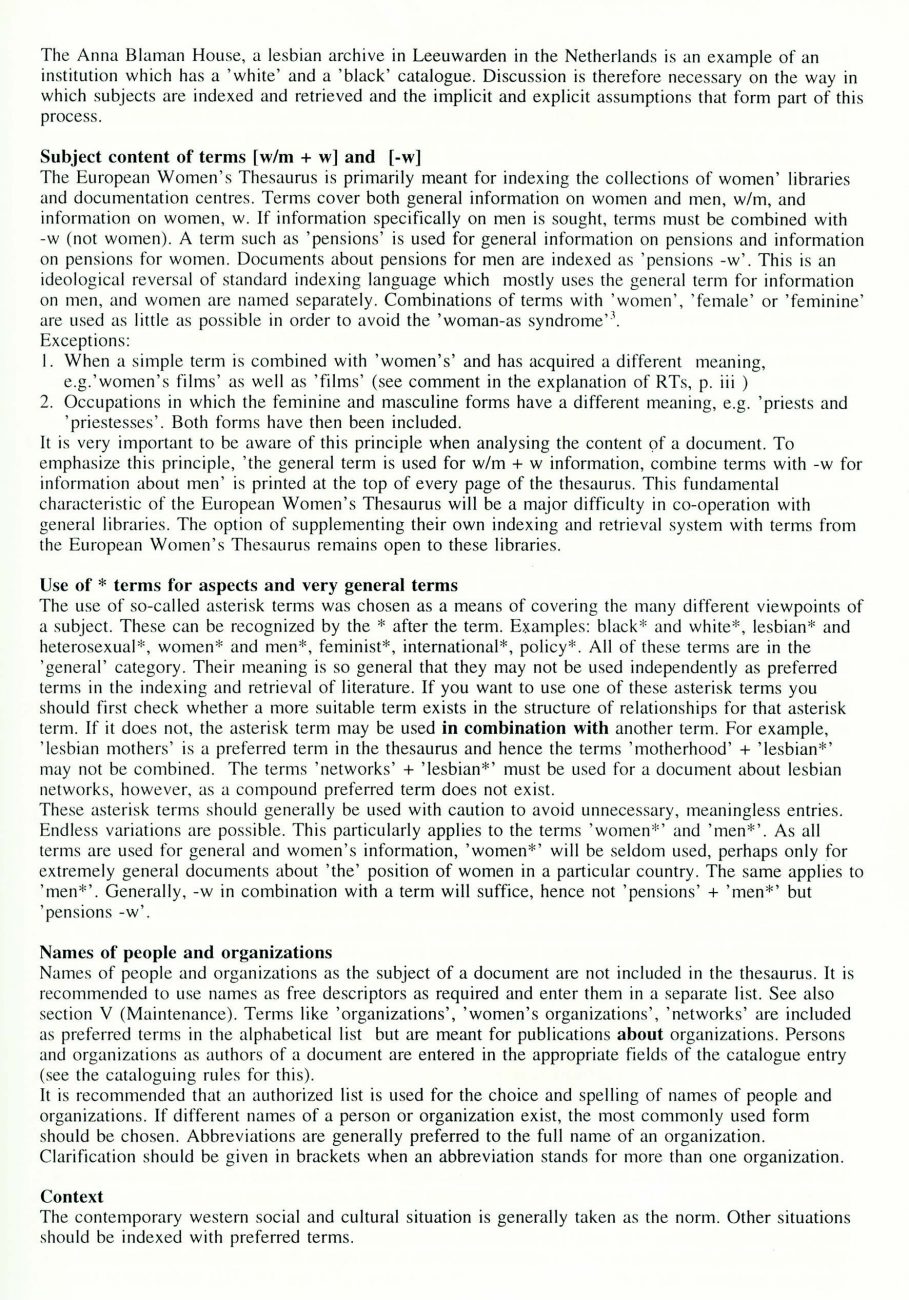
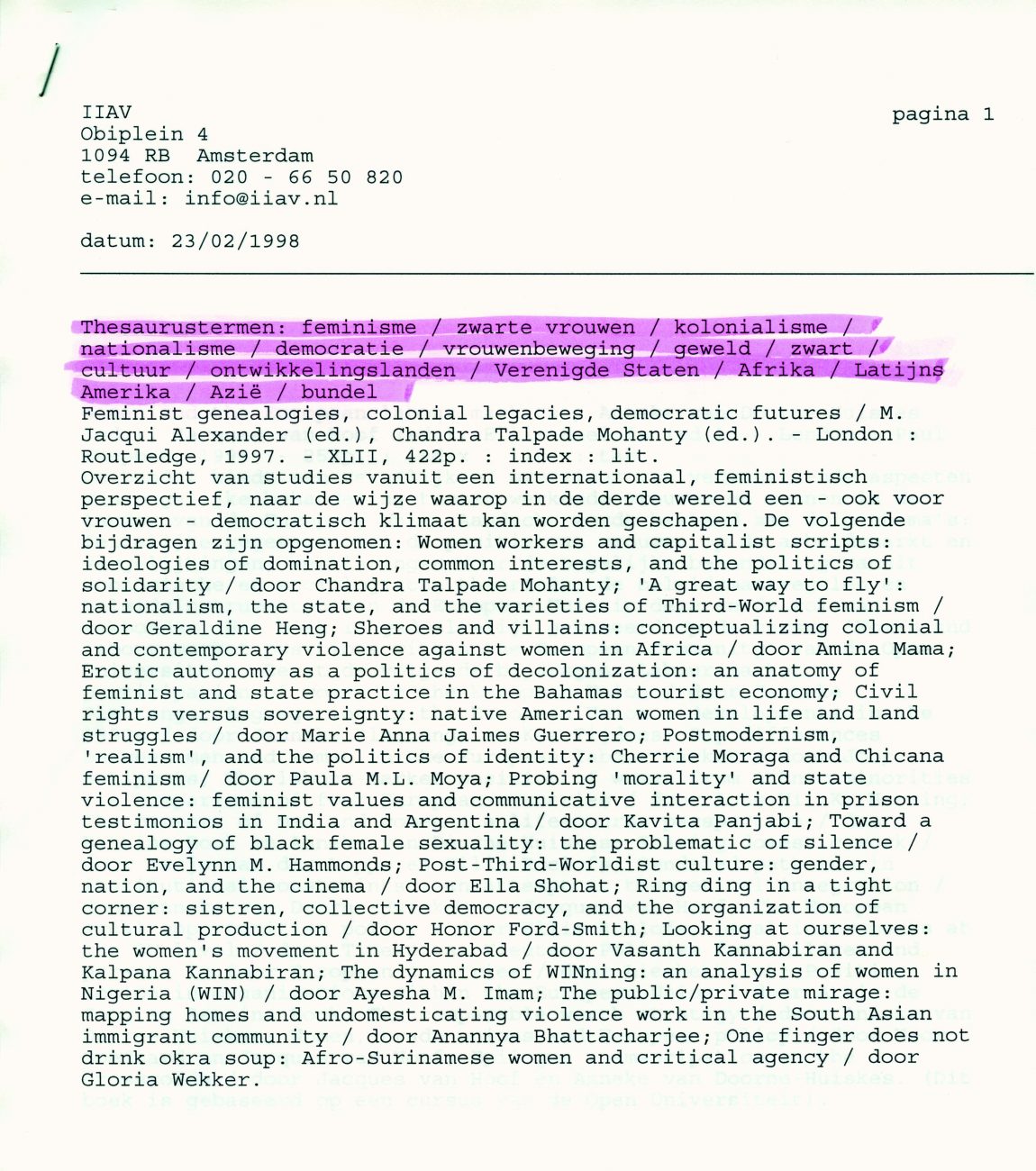
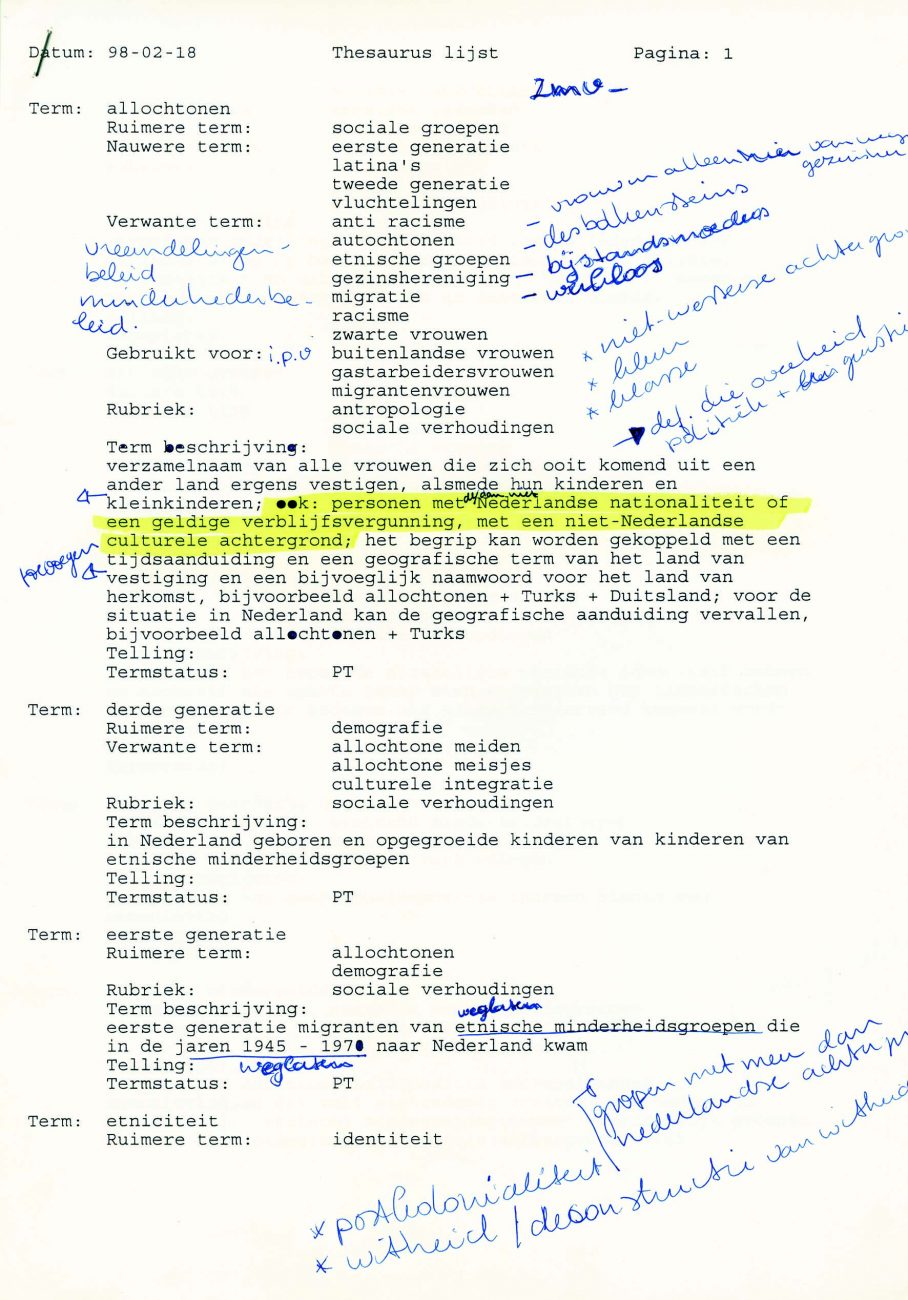
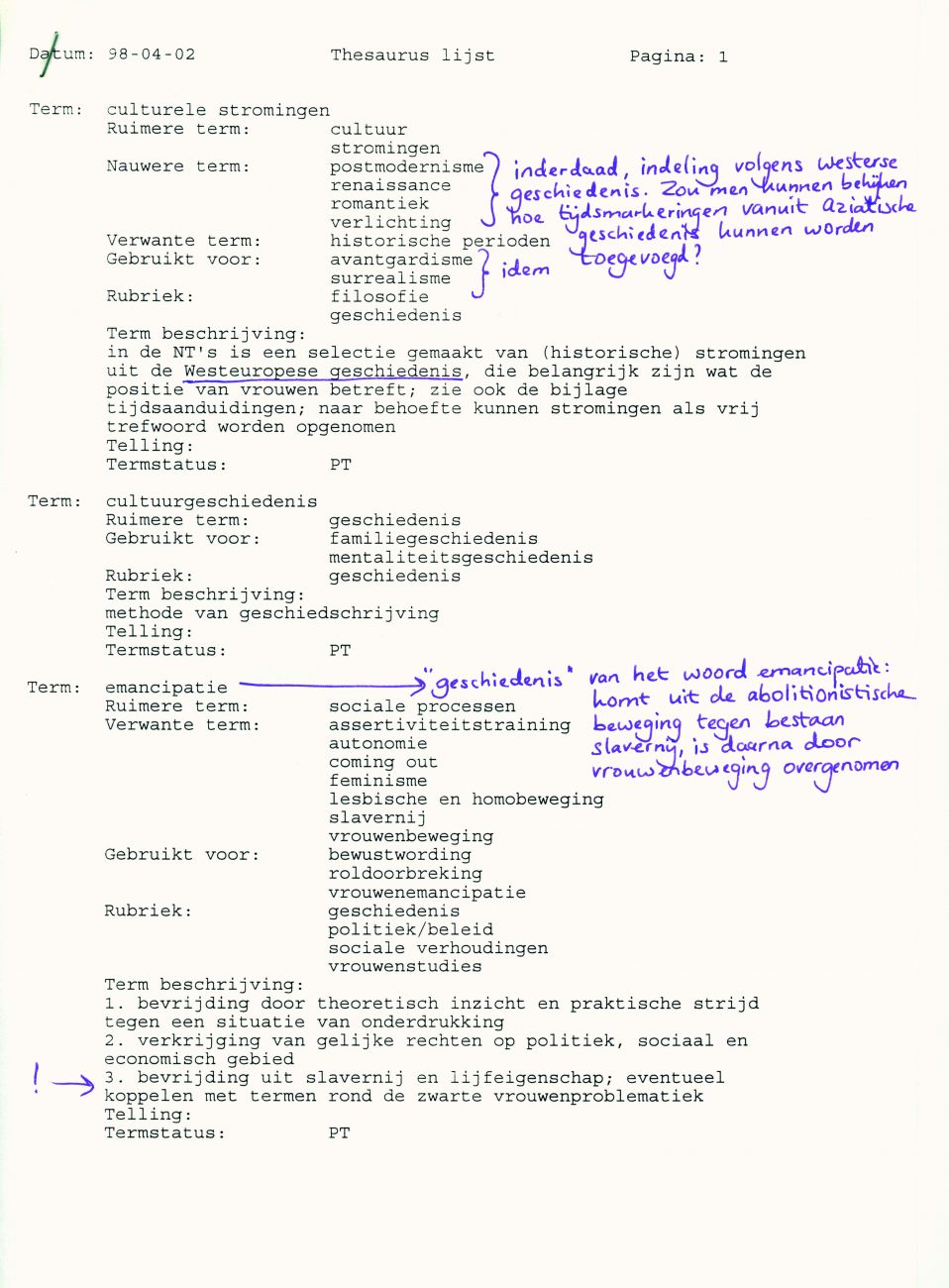
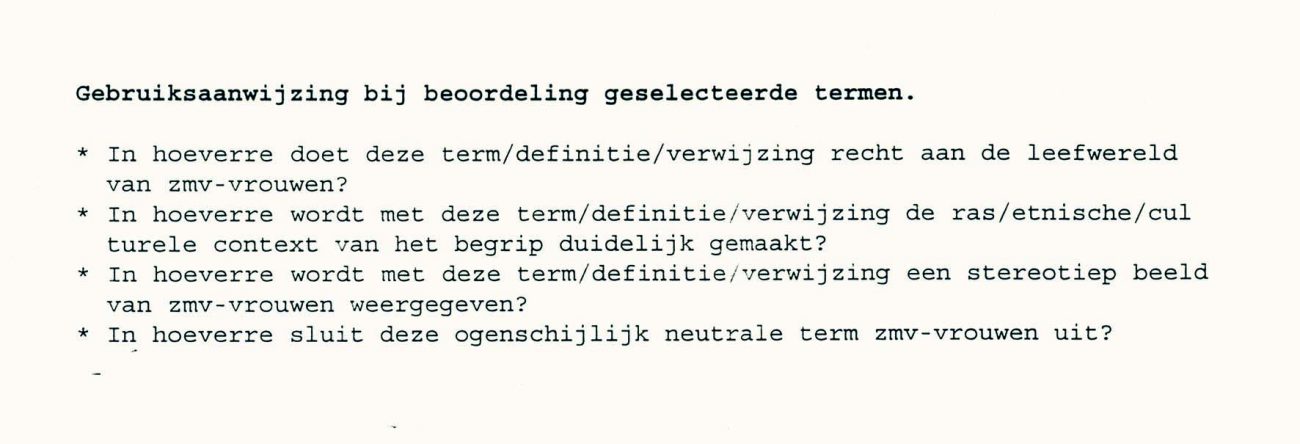
In the early ‘90s, the lesbian archives were facing the choice of whether to collaborate with the Homosaurus – thereby aligning themselves with gay men – or with the Women’s Thesaurus, created by the International Information Centre and Archive for the Women’s Movement (IIAV) – thereby aligning themselves with women’s information services.
Many lesbian archives initially chose to collaborate in creating the Women’s Thesaurus. However, a trial test of the Women’s Thesaurus conducted by the Lesbian Archives Nijmegen quickly showed that many specifically lesbian terms had not been included. This made cataloguing lesbian information impossible.
During a meeting of the National Platform for Women’s Information Services, representatives of different women’s documentation centres and archives discussed possible solutions, for instance: supplementing the thesaurus with a separate “lesbian attachment”; using the Homosaurus to add lesbian terms to the Women’s Thesaurus; or leaving behind the Women’s Thesaurus and building a separate lesbian thesaurus.
The Women’s Thesaurus also proved to be lacking for women of colour. Specific terminology regarding Black, Migrant and Refugee (BMR) women was absent, for example words concerning diaspora culture. It also contained terms that were met with resistance, like the term “allochtonen” (a controversial Dutch term for immigrants or persons of non-Western descent).
Through the Project Information services concerning Black and Migrant women and the subsequent Pattipilohy Project, the Women’s Archive aimed to systematically revise the Women’s Thesaurus, in order to make sure information regarding BMR women could be found in the collection.
When the Anna Blaman Huis started to focus on men as well, they decided to collaborate with Homodok on the Homosaurus. The archival staff members of both institutions had many discussions regarding the terms that were to be used, and the ways in which these terms were connected to each other.
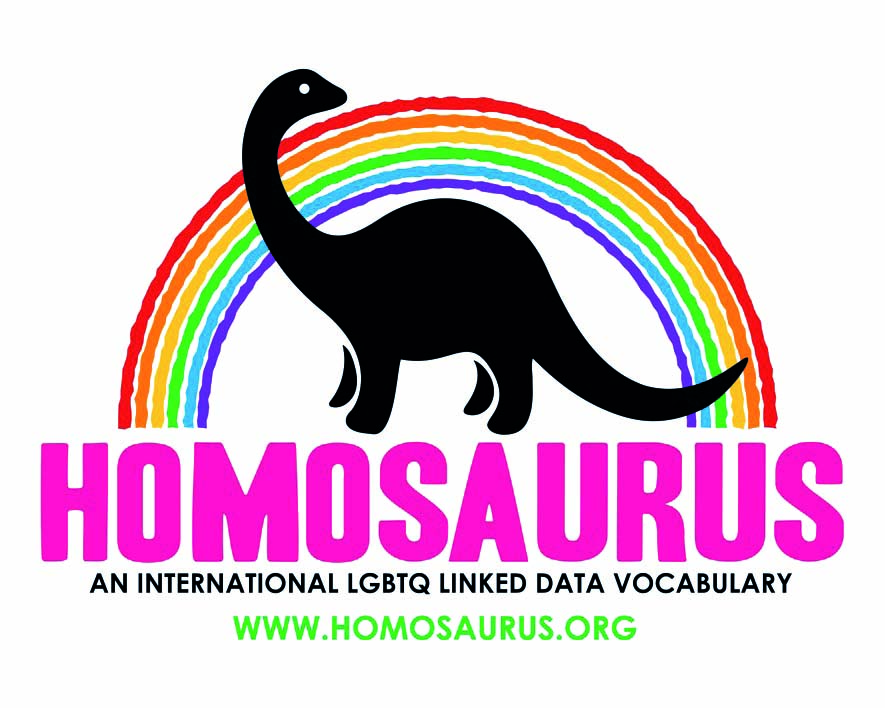
The Homosaurus is still constantly developing. Over the years, the Homosaurus has developed on an international level, with many American influences, which has considerably improved the Homosaurus’ inclusivity. Where it used to be the case that all information regarding transgender history could only be found using one specific key word, now, many transgender terms have been added. Adding new terms does not mean, however, that al the documented materials are naturally more accessible.
A lot of things that pertain to Black people, that they were not able to find, is because in those early days, Homodok assigned key words to information in a very flawed and minimal manner, and that deficiency was never remedied. The complete database consists of around 150,000 records, so it is almost undoable to [update all of those old terms].
Interview Jack van der Wel, former director Homodok (2021)
